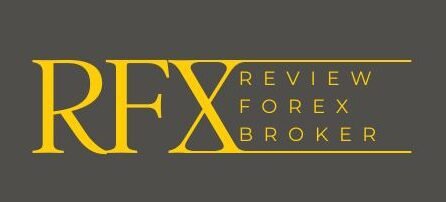In forex trading, orders are instructions that traders give to their brokers to execute trades on their behalf. Understanding the different types of orders is essential for effective trading and risk management. This blog will explain the various types of orders you can use in forex trading, including market orders, limit orders, stop-loss orders, and others.
1. Market Orders
Definition: A market order is an instruction to buy or sell a currency pair immediately at the current market price. Market orders are executed as quickly as possible at the best available price.
Characteristics:
- Execution Speed: Market orders are executed instantly.
- Price Uncertainty: The execution price may vary slightly from the quoted price due to market fluctuations.
- Use Case: Ideal for traders who want to enter or exit a trade quickly without worrying about the exact price.
Example: If you place a market order to buy EUR/USD when the quote is 1.1200/1.1202, your order will be executed at the best available price, which could be anywhere between 1.1200 and 1.1202.
2. Limit Orders
Definition: A limit order is an instruction to buy or sell a currency pair at a specific price or better. Limit orders are not executed immediately but are placed in the market until the specified price is reached.
Characteristics:
- Price Control: You can specify the exact price at which you want to enter or exit a trade.
- Execution Uncertainty: The order may not be executed if the market price does not reach your specified price.
- Use Case: Ideal for traders who are willing to wait for a more favorable price and are not in a hurry to execute the trade.
Types of Limit Orders:
- Buy Limit Order: A buy limit order is placed below the current market price. It will only be executed if the market price falls to your specified level.
- Sell Limit Order: A sell limit order is placed above the current market price. It will only be executed if the market price rises to your specified level.
Example: If EUR/USD is trading at 1.1202 and you want to buy when the price falls to 1.1180, you can place a buy limit order at 1.1180. Your order will only be executed if the price reaches 1.1180 or lower.
3. Stop-Loss Orders
Definition: A stop-loss order is designed to limit losses on a trade by closing the position when the market price reaches a specified level. It is a risk management tool that helps protect your capital.
Characteristics:
- Automatic Execution: Once the stop price is reached, the stop-loss order becomes a market order and is executed at the best available price.
- Price Control: Helps prevent further losses by closing the position at a predefined level.
- Use Case: Ideal for traders who want to set a maximum loss limit and protect their trading capital.
Types of Stop-Loss Orders:
- Standard Stop-Loss Order: Closes the position when the market price hits the stop level.
- Trailing Stop-Loss Order: Adjusts the stop level as the market price moves in your favor. It locks in profits by trailing behind the market price at a specified distance.
Example: If you buy EUR/USD at 1.1200 and set a stop-loss order at 1.1150, your position will be closed if the price falls to 1.1150 or lower, limiting your loss to 50 pips.
4. Take-Profit Orders
Definition: A take-profit order is used to lock in profits by closing a position when the market price reaches a specified level. It ensures that profits are realized before the market price reverses.
Characteristics:
- Automatic Execution: Once the take-profit price is reached, the order is executed as a market order.
- Price Control: Allows you to set a target price where you want to secure your profits.
- Use Case: Ideal for traders who want to set profit-taking levels and avoid the risk of the market reversing before taking profits.
Example: If you buy EUR/USD at 1.1200 and set a take-profit order at 1.1250, your position will be closed when the price reaches 1.1250, securing a profit of 50 pips.
5. Other Types of Orders
1. Stop-Limit Orders:
- Definition: Combines elements of stop-loss and limit orders. A stop-limit order triggers a limit order when the stop price is reached.
- Characteristics: Provides control over the price at which the order is executed but may not be filled if the market price does not reach the limit level.
- Use Case: Useful for traders who want to limit losses but are willing to accept a specific price range.
2. OCO (One-Cancels-the-Other) Orders:
- Definition: Combines two orders, where if one order is executed, the other is automatically canceled.
- Characteristics: Provides a way to set both a stop-loss and a take-profit order simultaneously.
- Use Case: Ideal for traders who want to manage both potential profits and losses while only allowing one order to execute.
3. IOC (Immediate-Or-Cancel) Orders:
- Definition: Requires the entire order to be executed immediately, or it will be canceled.
- Characteristics: Ensures that the order is either fully filled right away or not filled at all.
- Use Case: Useful for traders who need to execute trades immediately and cannot accept partial fills.
4. FOK (Fill-Or-Kill) Orders:
- Definition: Requires the entire order to be filled immediately, or the order is canceled.
- Characteristics: Similar to IOC, but emphasizes that the entire order must be filled at once.
- Use Case: Ideal for traders who need full execution of their order immediately.

